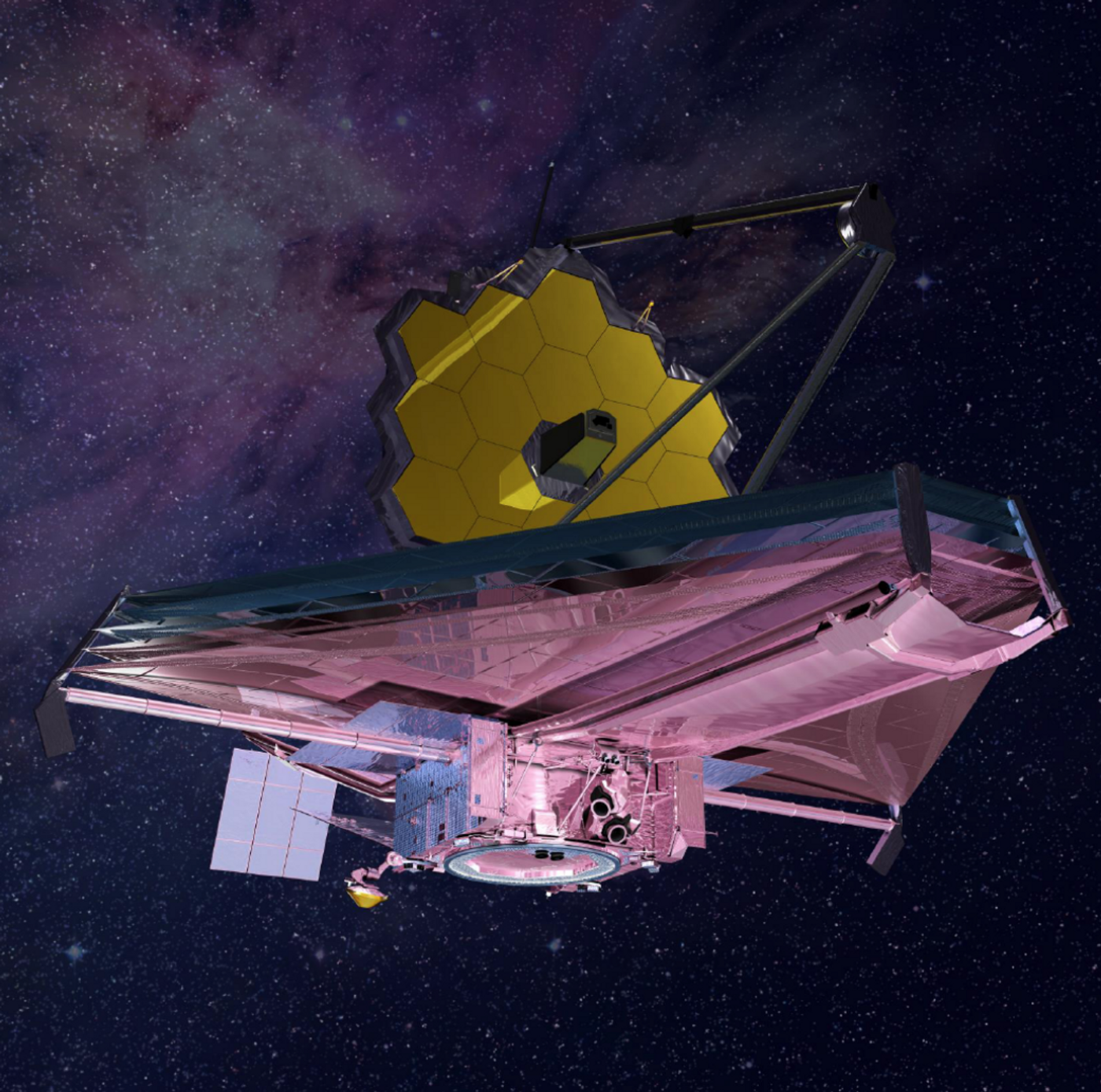The James Webb Space Telescope Just Got Delayed... Again
Astronomers and planetary scientists are getting antsy to make use of NASA’s upcoming James Webb Space Telescope (JWST) to reveal more secrets about the universe around us, but it now appears that they’ll need to wait even longer before they get that chance.
A report issued by NASA’s Independent Review Board (IRB) this week underscores a truckload of issues surrounding the space telescope’s internal components that became evident after months of strenuous stress testing.
Image Credit: NASA
Citing the report, many of the issues could be linked to human error, and included but weren’t limited to:
- Loose bolts consequent of vibration tests that were intended to simulate the environment of a rocket launch
- An excessive voltage was applied to the transducers within the heart of the JWST
- Damaged propulsion valves due to the use of improper solvents during cleaning
The repairs will undoubtedly be expensive to implement, but NASA doesn’t seem interested in abandoning the project altogether. After all, the agency has invested so much into the JWST already that it would be a waste to walk away now.
Instead, NASA opted to move forward with repairs, a choice that will raise the space telescope’s total development cost to $9.66 billion and delay its launch even further from May 2020 until March 2021.
“Webb is vital to the next generation of research beyond NASA’s Hubble Space Telescope. It’s going to do amazing things – things we’ve never been able to do before – as we peer into other galaxies and see light from the very dawn of time,” NASA Administrator Jim Bridenstine said.
“Despite major challenges, the board and NASA unanimously agree that Webb will achieve mission success with the implementation of the board’s recommendations, many of which already are underway.”
Related: The JWST's primary mirror is complete
When the JWST finally makes it into space, it will travel further from Earth than any space telescope before it. From its position, it will use powerful infrared imaging tools to explore curious objects in our solar system and to learn more about neighboring and distant stellar systems.
With a little luck, perhaps this will be the final delay we see before NASA gets this show on the road. But then again, who knows…?
Source: NASA









